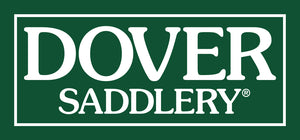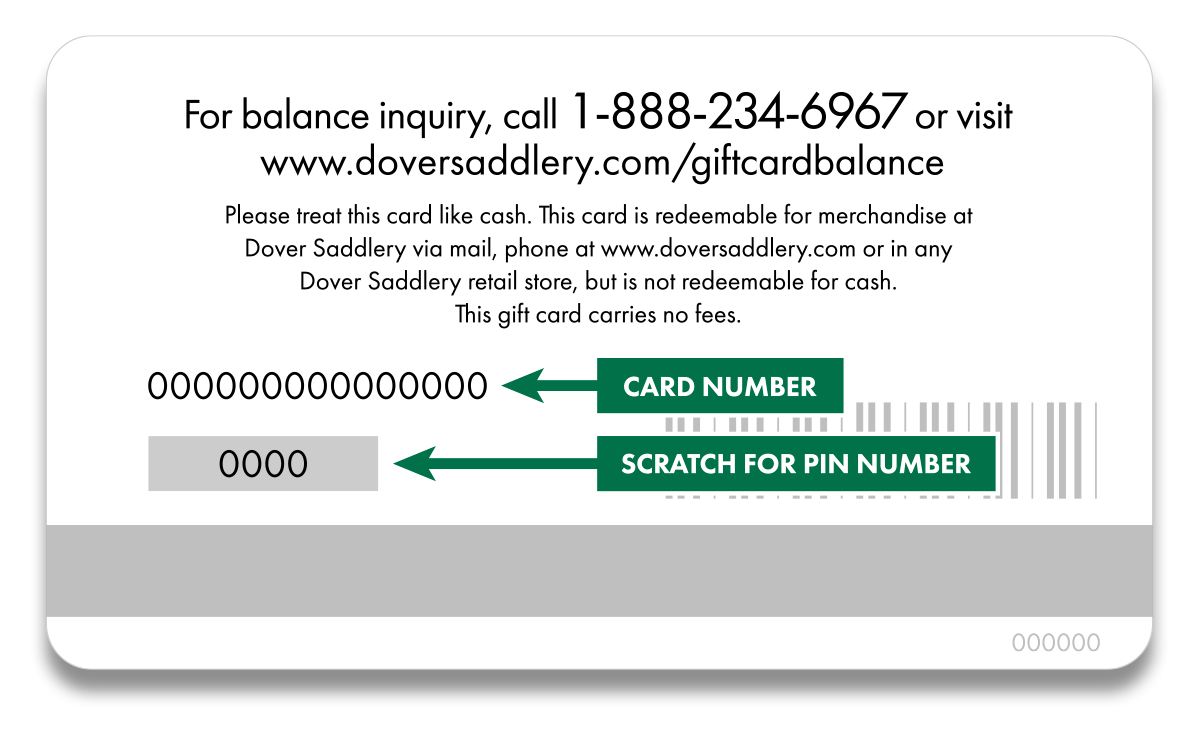
If your bridle is correctly sized for your horse, adjusted properly and kept clean and conditioned, it will function properly as an aid to your riding. It will also be comfortable for your horse to wear next to the sensitive areas of his head.
Here are some steps for adjusting a snaffle bridle on your horse. If you would like help determining the size bridle or bit your horse requires, see our articles How to Measure for a Bridle and How to Measure for a Bit.
Parts of a Bridle

1. Adjust the Cheek Pieces and Bit Height
With the bridle on your horse’s head and the reins looped over his neck, adjust the cheek pieces to achieve the proper bit height. In general, with the cheek pieces appropriately buckled and the bit correctly sized, you should see one to two soft wrinkles at the corners of your horse’s lips. For a Pelham or Kimberwicke bit, only one soft wrinkle is needed.
2. Check the Browband
The browband should rest lightly across your horse’s forehead, about ½ to 1 inch below the front of his ears. Be sure the browband is long enough so it doesn’t pull the crownpiece into the back of your horse’s ears. If it sticks out, forms a gap in front of the forehead, or wiggles when the horse moves, it is too long.
Tip: Many styles of browbands are available separately. You can swap your browband anytime for a new look or different size.
3. Adjust the Noseband
The placement and fit of the noseband depends on the type used. A standard noseband or caveson should sit about ½ to 1 inch below the cheekbone. Use one finger’s width to measure from the bottom of the cheekbone to the top of the noseband.

One finger’s width between the end of the horse’s cheekbone and the noseband.
Some nosebands have integrated hangers that adjust on both sides. Buckle them in the same hole on each side. A correctly positioned noseband should not interfere with bit movement, pinch lips, or press on soft tissue. You should be able to fit a finger underneath the jaw, yet the noseband should be snug enough to prevent flapping.

One finger inserted into noseband to check that it isn't buckled too tightly.
Flash Noseband
The caveson part should sit just under the cheekbones without pressing on them. The flash attachment rests on the nasal bone without pressing soft tissue. Position the flash buckle near the loop attachment rather than on soft tissue. The keeper should not pinch the lips.

Flash attachment sits on nasal bone. Flash not too tight, placed in front of bit but not compressing nostrils. Flash keepers positioned to avoid pinching lips.
Jawband or Crank Noseband
The caveson sits under the cheekbones without pressing on them. The padded buckle allows even tightening. If a flash is attached, follow the flash noseband instructions.
Figure 8 Noseband
Straps must be adjusted to avoid hampering breathing. The padded disk rests on the nasal bone; lower strap runs in front of the bit. Upper strap may be under or on top of cheekbones, depending on type and preference.

Metal rings positioned on top of cheekbones.
If adjustable leather slides are used instead of rings, position the upper strap just under the cheekbone.

Figure 8 noseband without metal rings, adjusted below cheekbones.
Drop Noseband
The nosepiece sits on the bony part of the nose, about four fingers above the nostrils. Chin strap should be snug, with room for two fingers. Ensure it does not affect breathing.
Note: Nosebands function differently. Consult a trainer or experienced friend for questions about adjusting any style of noseband.
4. Adjust the Throatlatch
Buckle so you can fit four fingers between it and the underside of the jaw—but not more. If too loose, it cannot keep the bridle in place; if too tight, it may hamper breathing.

Adjusting the throatlatch.
5. Adjust the Curb Chain if Necessary
For bits with a curb chain, such as Kimberwick or Pelham, untwist kinks and hook so two fingers fit between chain and chin. Adjust to your horse’s needs.
More on Cheek Pieces and Bit Height
All horses are different; some prefer higher or lower bit settings. Buckles should be 1–1½ inches above eye level, with at least one hole above the buckles in case leather stretches. Improperly sized crownpiece or cheek pieces may cause the bit to hang too low or high, leading to discomfort or ineffective riding aids.
Tip: If you change the bit later, differently sized bit rings may require adjusting the cheek pieces.
If positioned correctly, the noseband will not interfere with the movement of the bit rings, pinch the lips, or press on the soft tissue of the horse's nose in such a way as to hamper the horse's breathing. You should be able to place a finger inside the noseband underneath the jaw, and yet it should be fastened snugly enough to prevent flapping during riding.

One finger inserted into the noseband to check that it isn't buckled too tightly.
Flash Noseband – The caveson part of the flash noseband should sit just under the cheekbones without pressing on them. The flash attachment will then rest on the nasal bone and will not press on the soft tissue of the horse's nose. The flash should stretch comfortably down over the horse's jaws in front of the bit. Many people position the flash so that the buckle rests near the loop attachment for the flash rather than on the soft tissue near the lips. The keeper for the flash can be positioned so that it does not cause discomfort on the soft tissue as well.
Flash attachment sits on nasal bone.
Flash not too tight, and placed in front of bit but not where it can compress the nostrils.
Flash keepers positioned so as not to pinch the horse's lips.
Jawband or Crank Noseband – The caveson part of the noseband should sit just under the cheekbones without pressing on them. The buckle of this type of noseband is padded and designed to be tightened as needed by the requirements of the horse. The buckling system allows tightening with even pressure on both sides of the noseband. If the jawband has a flash attached, then it should be fastened as described for a flash noseband.
Figure 8 Noseband – The straps of this type of noseband need to be adjusted properly to be effective and to avoid hampering the horse's breathing. The padded disk should rest on the nasal bone so that the straps cross over this bone. The lower strap stretches down over the horse's jaw in front of the bit.
The upper strap may be positioned just under the cheekbones or on top of the cheekbones, depending on both the type of Figure 8 used and rider preference. Generally, if the straps of the Figure 8 attach to metal rings, many riders position the rings on top of the cheekbones so that this hardware does not press against the end of the horse's cheekbone.
If the Figure 8 does not use metal rings, but rather has adjustable leather slides, many riders position the upper strap just under the horse's cheekbone, as shown in the next photo.
Drop Noseband – The nosepiece of this type of noseband should sit on the bony part of the nose, about four fingers’ width above the nostrils. The rings on which the chin strap portions of the noseband are attached should not come in contact with the bit. The chin strap should stretch down in front of the bit and be buckled under the jaw only snug enough that you can slip two fingers between it and the jawbones. Take special care to be sure this type of noseband won’t affect the horse's breathing after it is buckled into place.
Note: Nosebands function differently and produce varied results on horses. Always consult a trainer or a knowledgeable friend for help adjusting the noseband if you have questions about the way a particular style of noseband could influence your particular horse.



